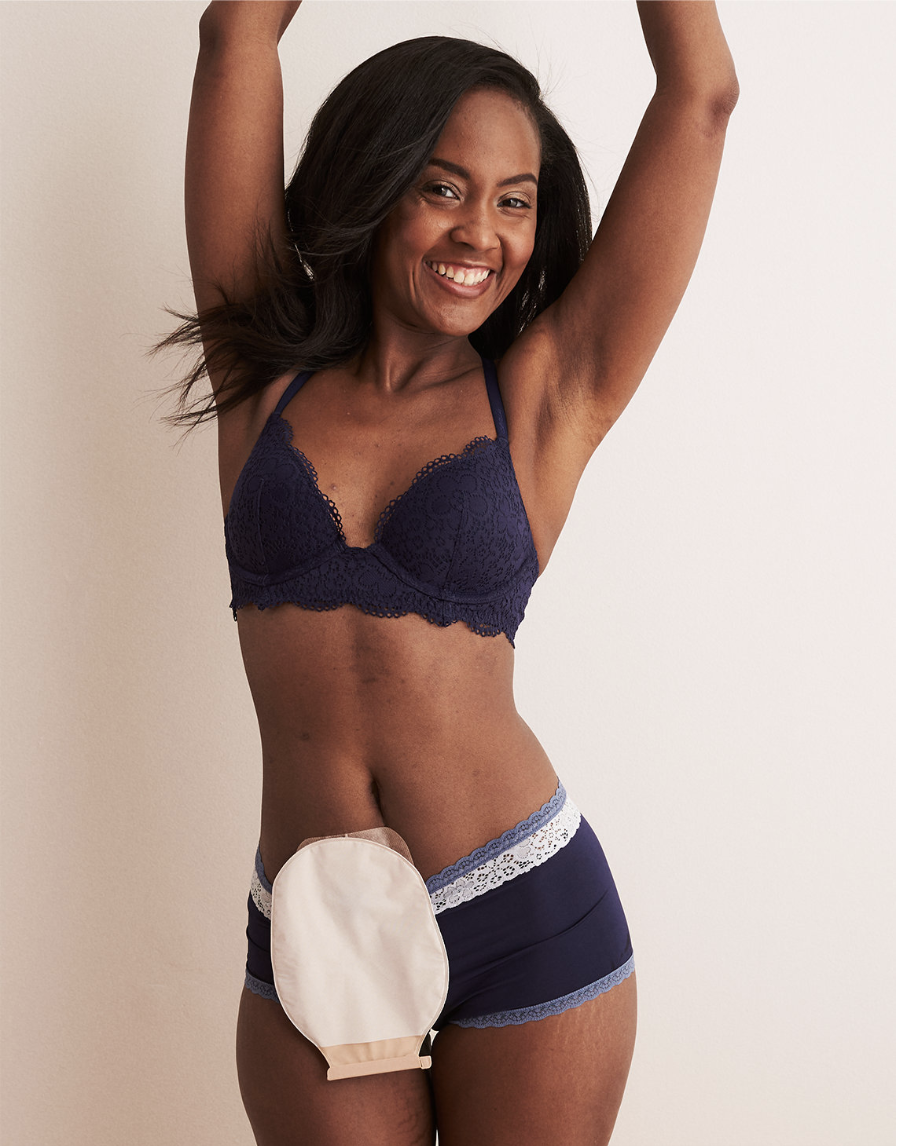How Photographers and Publishers Can Improve Disability Representation in Stock Photos
Sometimes the news isn’t as straightforward as it’s made to seem. Karin Willison, The Mighty’s Disability Editor, explains what to keep in mind if you see this topic or similar stories in your newsfeed. This is The Mighty Takeaway.
It’s time we take stock of how people with disabilities are represented in stock photography.
As an editor here at The Mighty, I use stock photos every day. I always love and prefer when people send us their own photos to use, but I know that’s not always possible. Sometimes people can’t take photos for disability reasons, or they are concerned about privacy, or they just don’t have the right image to illustrate a particular story. That’s where stock photos come in.
Stock photos are supposed to give us the means to convey just about anything. They are supposed to represent everybody, but in reality, they don’t, especially when it comes to disability. Recently, Getty Images reported that only 2 percent of stock photos contain representations of disability. But the need for disability-related images has spiked on its site, with wheelchair access and autism-related searches climbing 371 and 435 percent respectively between 2016 and 2017. I’m sure quite a few of those searches came from me and my co-workers searching for authentic depictions of disability to illustrate our contributors’ stories. Unfortunately, those depictions are often difficult to find.
As people with disabilities continue to advocate for positive representation in the media, I believe it’s important to look at stock photography and how to make it better. So here are six tips for taking and selecting authentic, engaging disability stock photos to illustrate stories and articles online.
1. Avoid stereotypes.
When people with disabilities appear in stock photos, we’re almost always stereotyped. Here are a few examples to avoid:
Wheelchairs of the bulky hospital variety, heavy and poorly fitted to the person sitting in them. Avoid depicting wheelchair users as lonely, helpless and in need of care. Don’t show only elderly people using mobility devices such as canes.
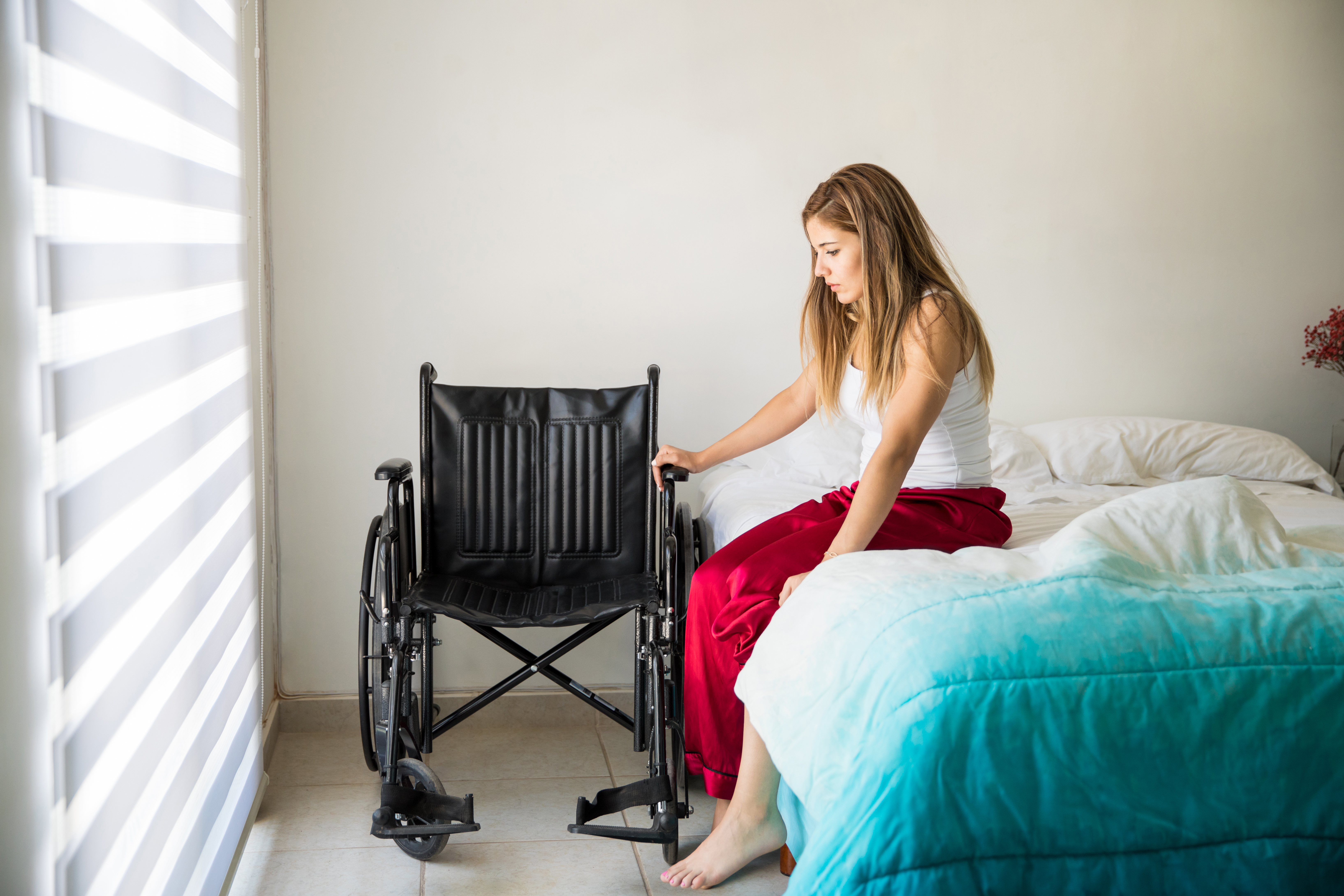
Deaf people in Stock Photo Land seem to spend all their time seeing doctors about their hearing aids or cochlear implants.
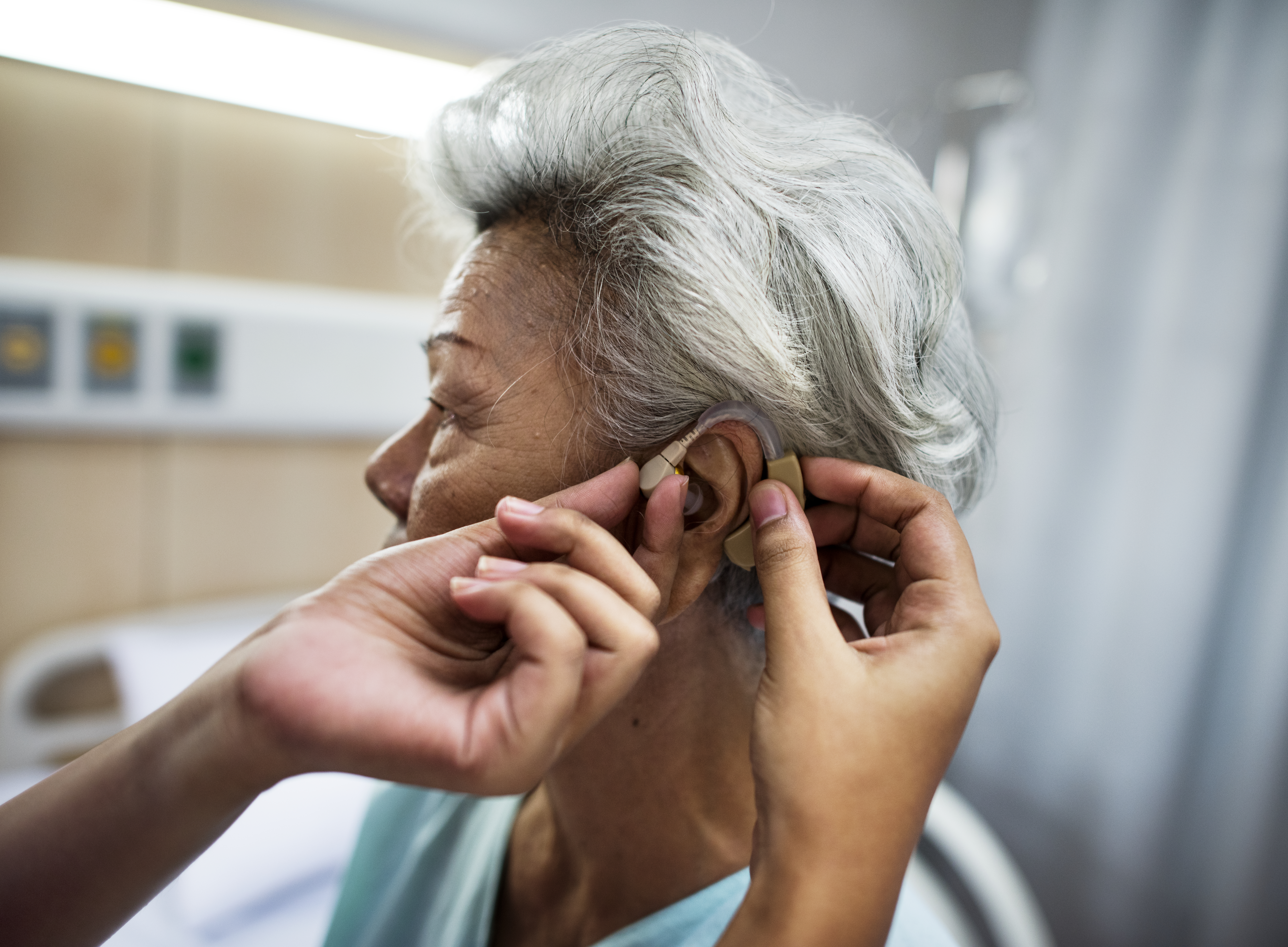
“Autism”-tagged images often show only kids with their therapists — or puzzle piece imagery, which many autistic adults find objectionable.

Presenting disability as a tragedy or showing people leaping to their feet, magically cured of their disabilities.

Going to the opposite extreme and depicting people with disabilities as superheroes just for living their everyday lives. This is known as “inspiration porn,” and it doesn’t promote genuine disability acceptance.
Images like these don’t represent a large portion of the disability community, and many of us find them offensive. So please stop taking stereotyped photos, and don’t use them when you publish articles. Instead:
2. Photograph real people with disabilities in everyday settings.
When stock photographers produce images depicting disability, they seem to think we exist separately from the rest of the world. In reality, most people with disabilities do the same things as everyone else. So show us:
At work

Out and about
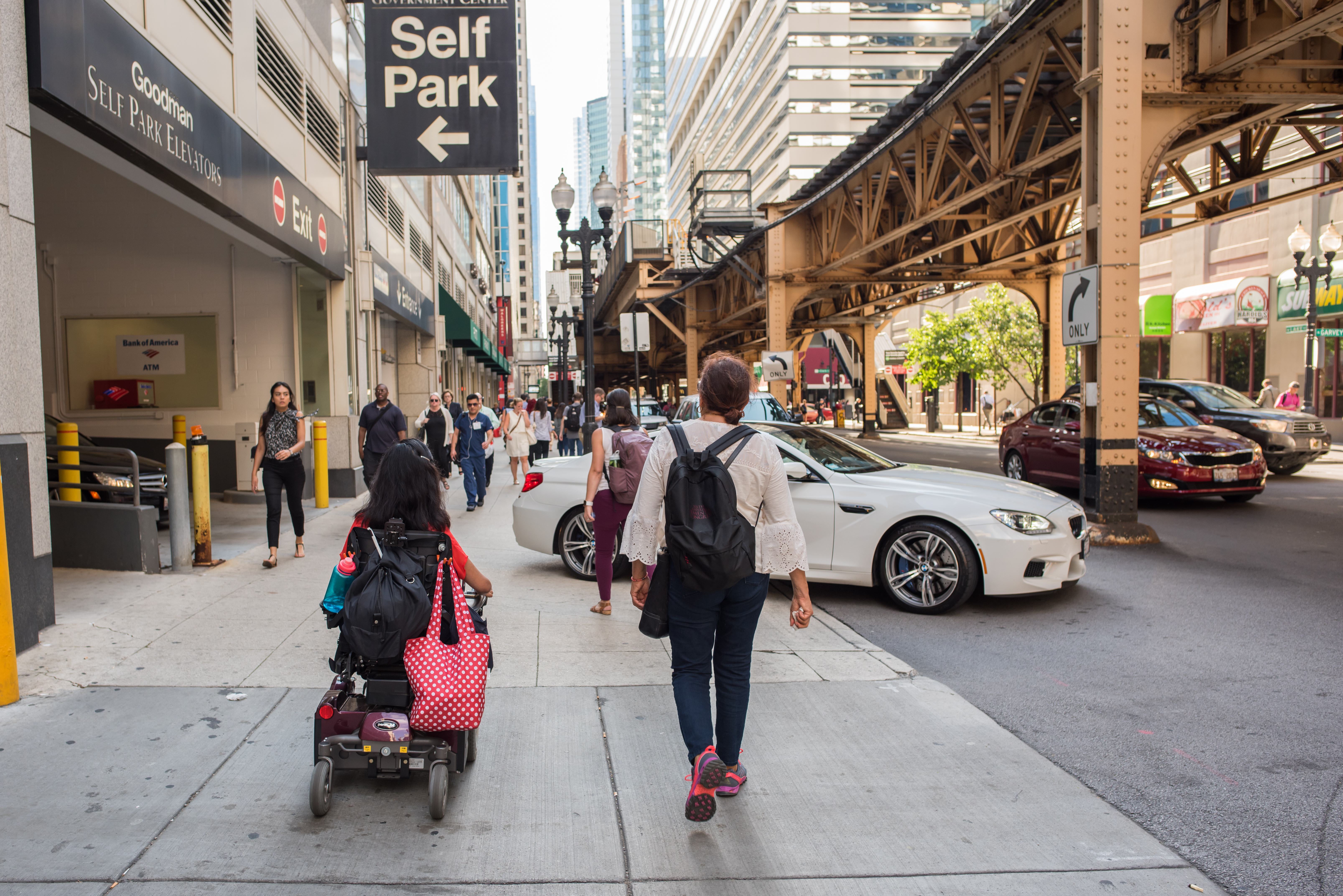
Riding the bus or train
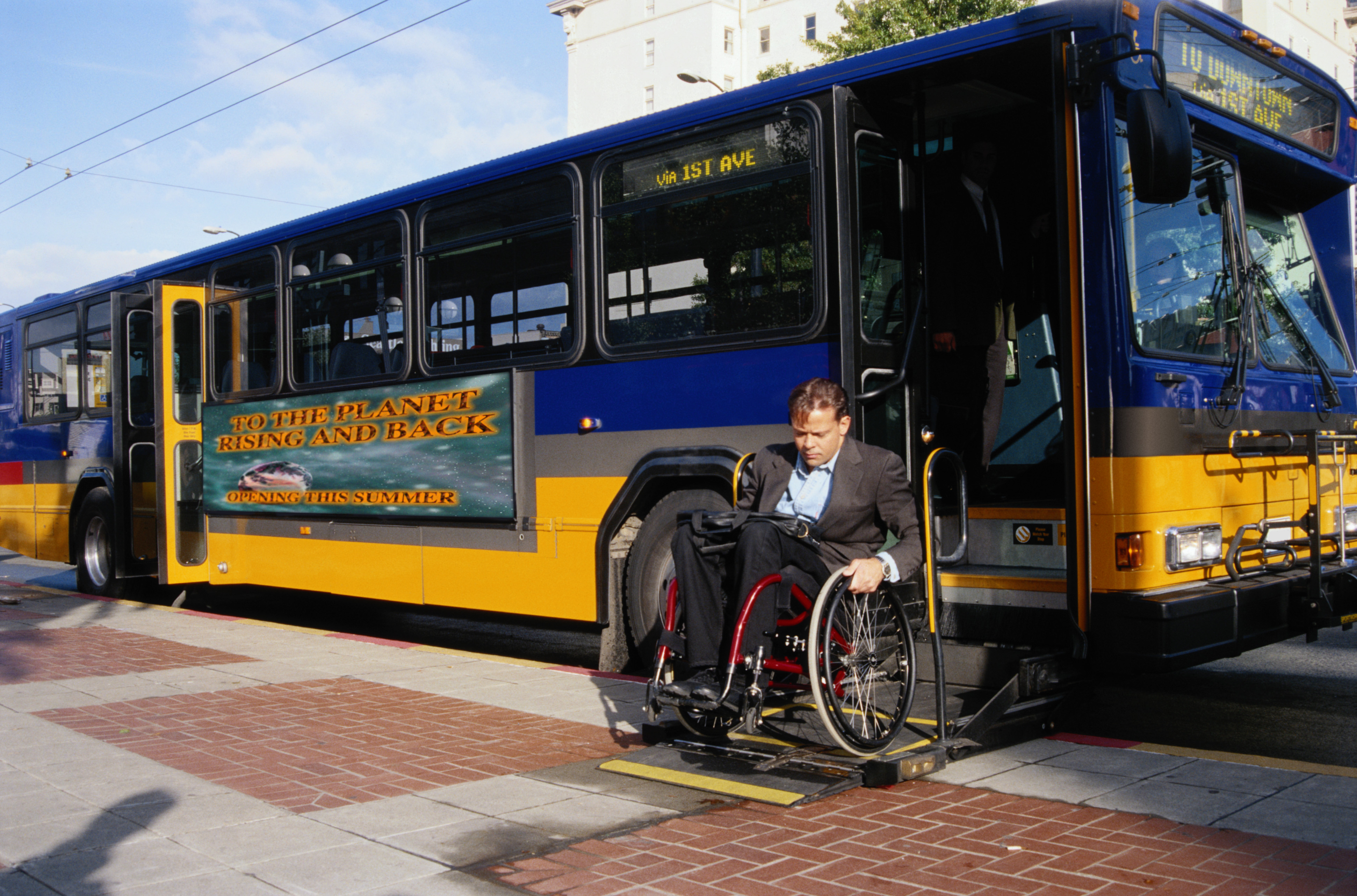
Having fun
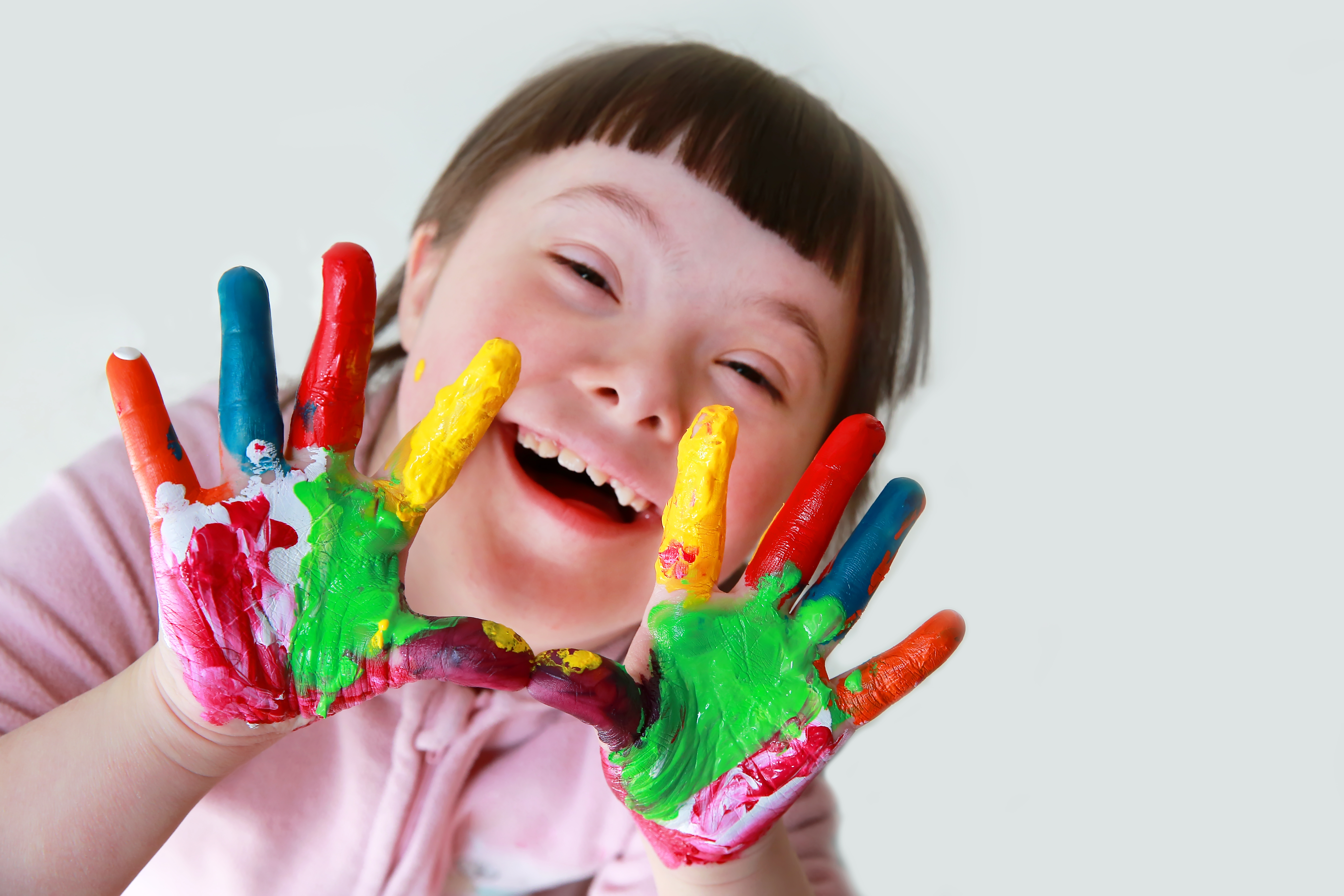
Studying

With our friends and families

and just living life!

3. Disability fakery is not OK — don’t do it.
The disability community calls able-bodied people pretending to be disabled “cripping up,” and many of us are bothered by how often it occurs in TV and movies. There’s really no excuse for using fake disabled people in stock photography. People with disabilities are everywhere; if you want to add disability stock photos to your portfolio, simply advertise on local Facebook groups and classifieds, and chances are you’ll find eager models. You can also try contacting the closest independent living center or disability advocacy group. Don’t put someone who is able-bodied in an old wheelchair you bought off Craigslist and think you can fool people. It’s usually very obvious.
In this photo, the model is almost certainly not actually disabled or even injured. Notice the poorly fitted wheelchair and unnatural poses. If you look at the photo series, you’ll also see her and a male model taking turns sitting in the chair and posing for many unrealistic photos.
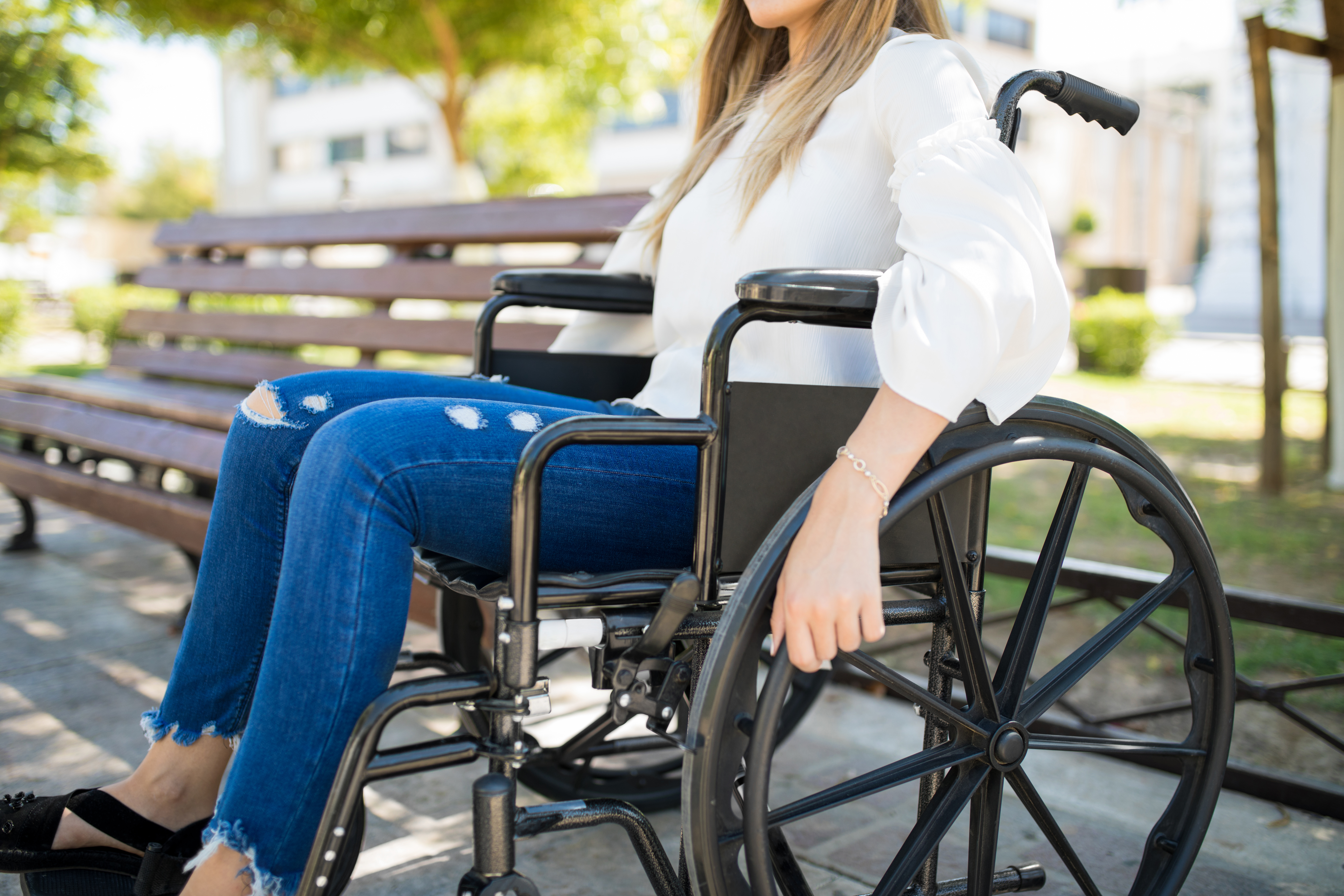
4. Include diverse models with all kinds of disabilities.
The world is not composed of all young, thin, white, heterosexual people, although it can seem like it in Stock Photo Land. People with disabilities come in all ages, sizes and colors, and we want to see this diversity reflected in stock photography. Disabled people of color and LGBTQ people are almost nonexistent in stock photos, and that needs to change.

Stock photographers also need to remember that disability doesn’t necessarily equal wheelchair.
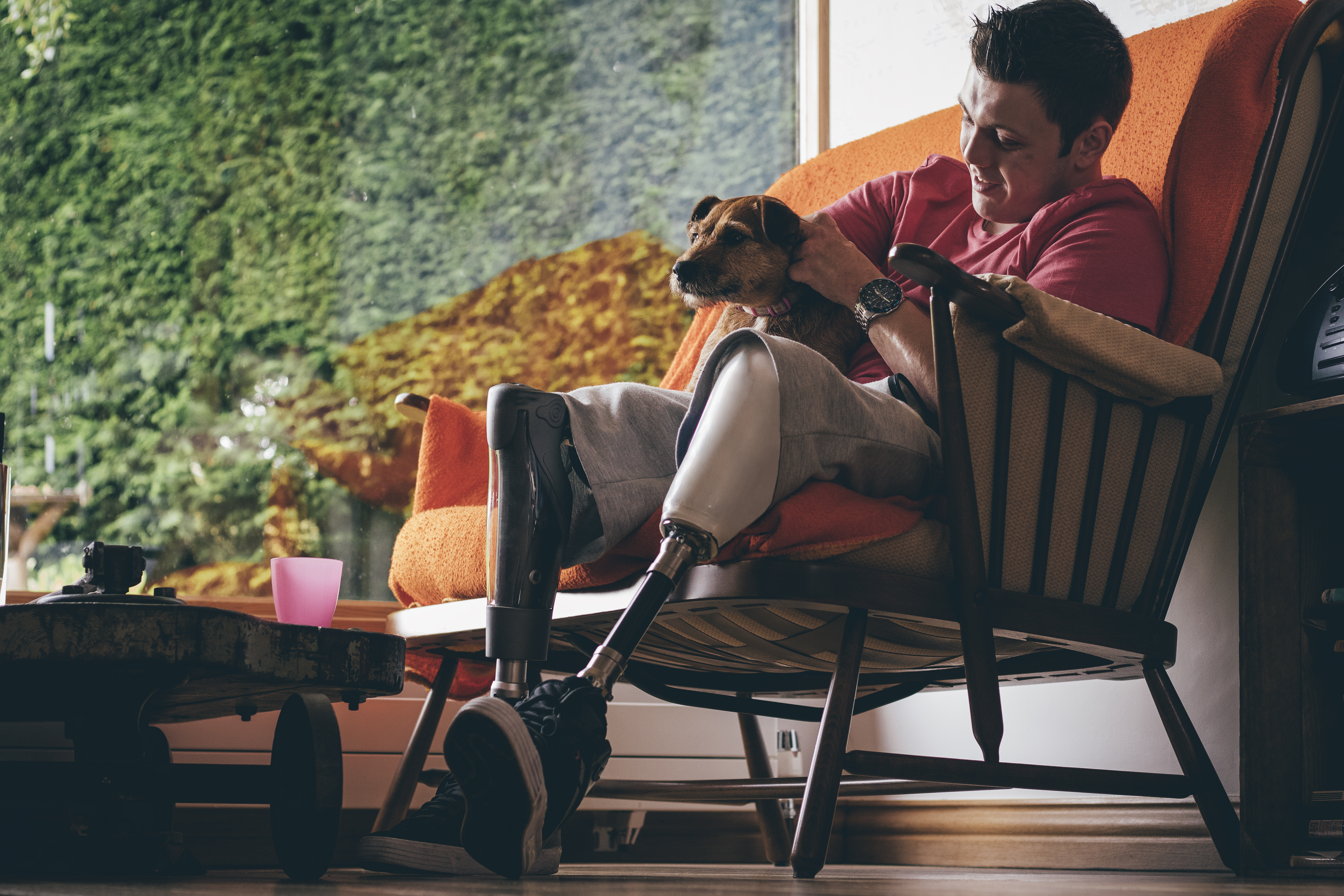
Many disabilities are invisible, but that doesn’t mean you shouldn’t photograph people who have them and tag your images accordingly. Collaborate with an autistic person to depict what autism feels like to them through images. Photograph someone with fibromyalgia and mention it in the image descriptions. Capture the joy a nonverbal child feels as they learn to use a tablet to communicate.
Recognize that there are all kinds of ways to be beautiful, and capture them. Move away from tired tropes, and create images that evoke genuine interest and emotion.

5. Create and feature art as well as photos.
I’ve found lots of amazing art on stock photo websites. Sometimes a drawing or painting is better at conveying the essence of a story or representing the person writing it. If you’re an artist with a disability, draw your experiences and post your work on stock sites. If you’re not disabled, work with someone who has a disability to depict their experiences through art. Art can be a powerful tool for conveying what isn’t otherwise visible — like chronic illnesses and mental health conditions. Last year The Mighty invited our readers to showcase their art that depicts their experiences with disability, disease and/or mental illness. Here are a few of the images they shared:
“Reach for support in times of chaos” — by Nicole Cooper
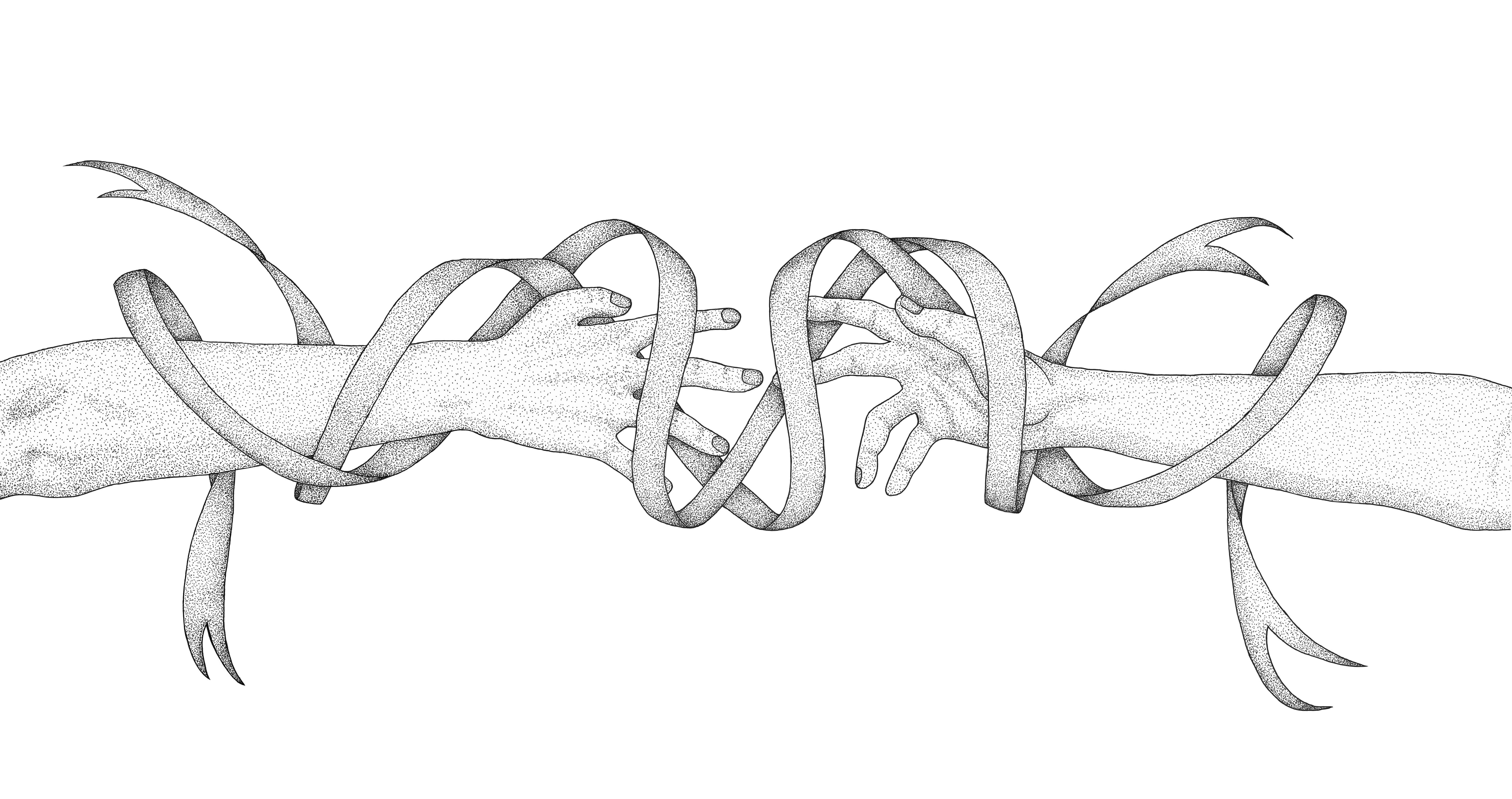
“Hooded Feelings” by Nicole Cooper
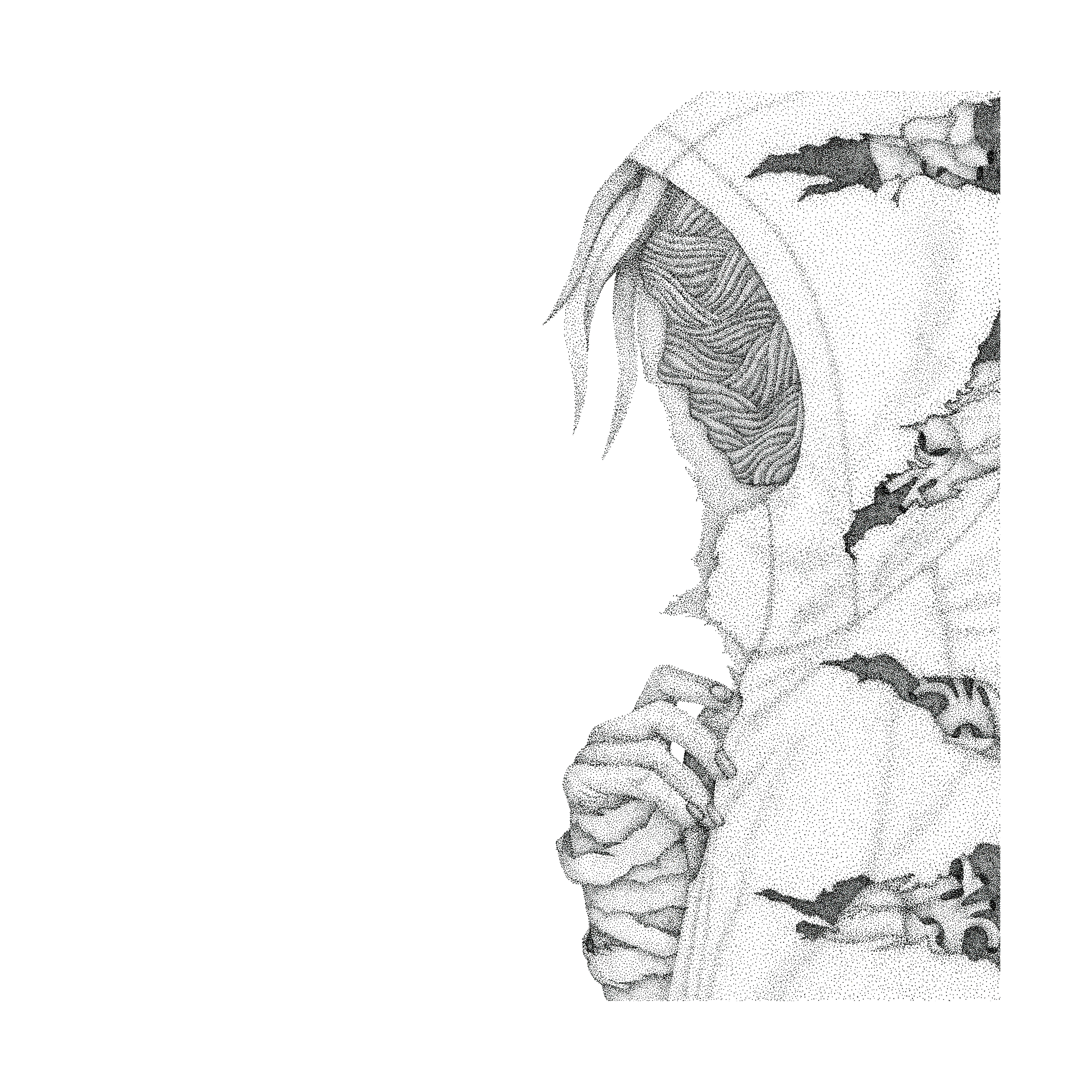
“I created this during a time when I was deep into a depressive episode. I have high-functioning depression, so at this point I was still working and going to therapy, but was also extremely self-destructive and couldn’t concentrate or enjoy things I used to. I didn’t know how to express this to the people I was surrounded by. So I posted this to my Instagram with the caption, “skinny love, what happened here.” It wasn’t explicitly about my depression at all. But people reached out to me and told me they could relate. With a photo and a song lyric I could express myself better at this point than I could have with any amount of writing or speaking. And I felt less alone.” — Mirjana Villeneuve

“Having mental illness makes me feel blind to the beauty of the world. It feels as though I’m drowning in darkness. This piece helps me put a physical appearance to my depression allowing me to begin to separate it from myself.” — Braelyn Koop
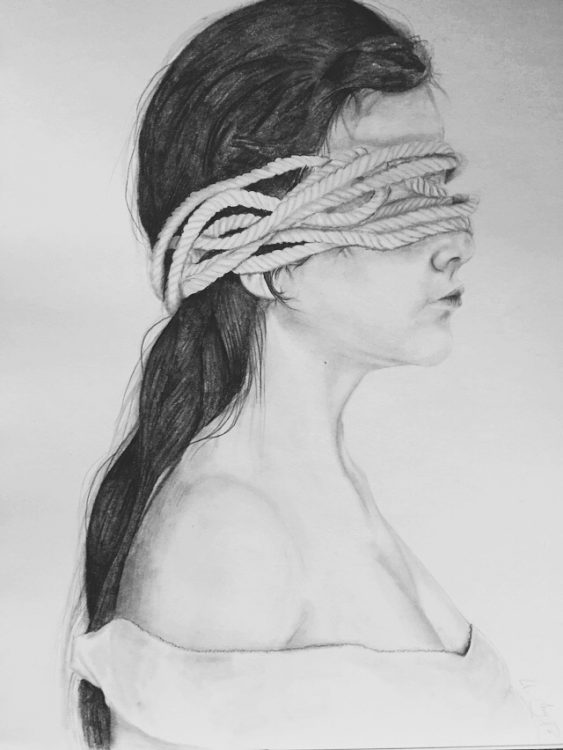
“Our fears can eat away at us until there is nothing left. This happens tenfold when you are powerless in the face of chronic illness.” — Ashley Wann

6. Seek out photographers and advertising campaigns that are representing disability authentically, and learn from them.
Although negative images of disability are still pervasive, things are starting to change. Companies are recognizing that people with disabilities and physical differences are consumers and we want to see ourselves reflected in advertising. So check out these companies and photographers, and see what they are doing for disability inclusion:
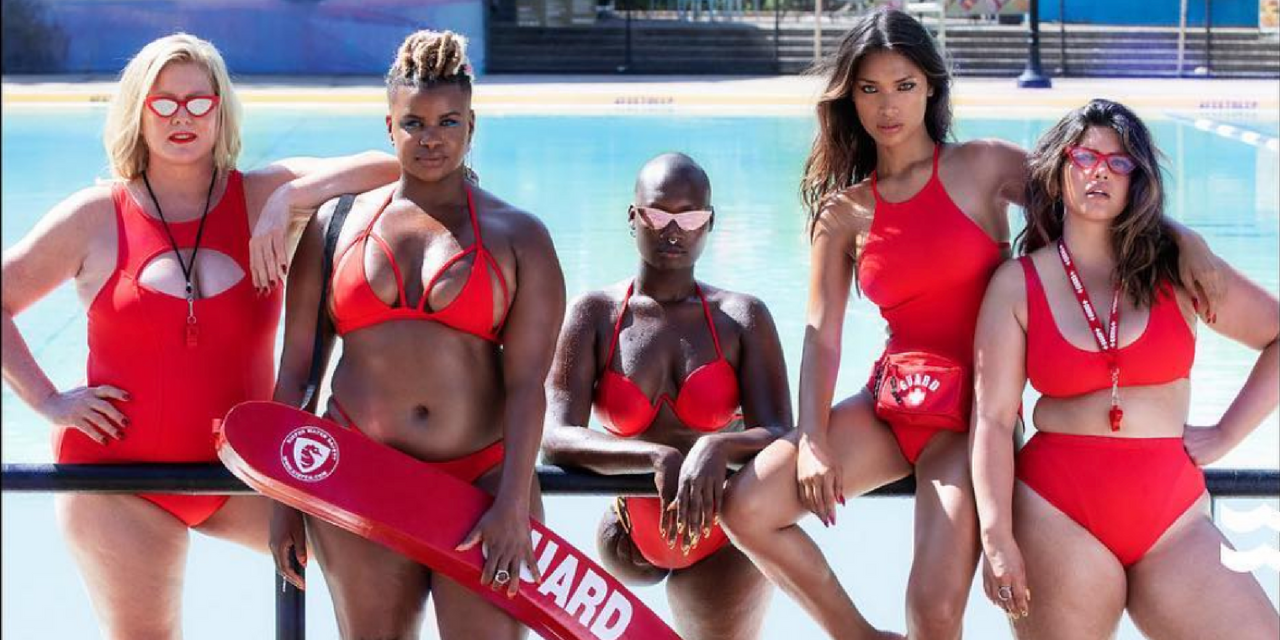

In more good news, Getty Images has launched the Disability Collection, an initiative to increase the availability of authentic disability stock images. A simple visit to the collection clearly illustrates how much better these images are than typical stock fare. These are the kinds of images you should strive to capture when photographing disability. I hope you’ll take some photos and contribute them to the collection!
Stock photos are so ubiquitous these days, we often don’t even think about them. It’s easy to dismiss typical stock photos as bland, generic representations of a concept, service or profession. They don’t tend to be memorable, and that’s often by design. But when we actually look at these so-called generic representations, it becomes clear that they say a lot about how society views certain groups of people. Let’s start being thoughtful and intentional when we choose stock photos to make sure we’re truly representing everyone.
All stock photos via Getty images.


